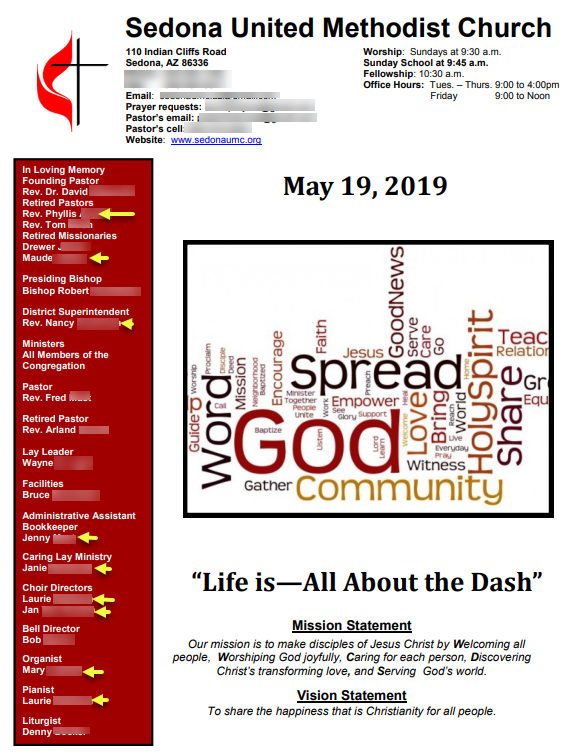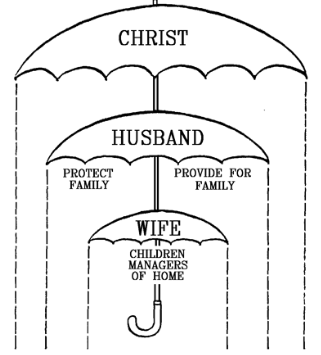In today’s blog, you will be receive insights in how to visit a church like an insurance adjuster. In my insurance adjusting career handling all sorts of serious claims across the US, one of my favorite reads was Don Winslow’s “California Fire and Life” –
“Jack Wade was the rising star of the Orange County Sheriffs Department’s arson unit, but a minor scandal cost him everything, except his encyclopedic knowledge of fire. Now working as an insurance claims investigator, Jack is called in to examine a suspicious claim …”

Waving my author wand in a circle three times, I empower you, reader, as “Church Claims Investigator” to prepare you evaluate the claims made by the next church you visit. Can you sniff through the assertions of a church to determine whether this group is a safe match for you and your family? The insights given below will likely raise questions in your journey:
- Rule one: ask lots of questions
- Rule two: there is no bad question.
Your first assignment begins now …
… Your First Visit
… Begins with the worship bulletin. Below is an example of a church we have visited frequently. The first step, do a survey of the balance between men and women serving in the church. In the bulletin below, count how many men are listed in the bulletin compared to number of women. In a second pass, count how many females are serving in leadership roles, versus watching babies in the nursery, serving coffee or working as office receptionist.
The yellow highlights in the bulletin below show how the church sends the message that female leaders are welcome here:

Before you attend the church, you can visit its website’s leadership area. We visited another prominent local church a few times. Below is their website today. Let’s click on this and see what you can observe compared to the example of the United Methodist Church bulletin above:

Upon clicking “Leadership” –

Blurring out the faces and descriptions, you get the picture that males run the church. A review of their doctrinal statement would support that white, straight males run the church.
Who is valued?
In light of who holds the senior leadership positions, whose voice will be heard? Who is relegated to support roles simply due to their gender?
I rewrote this blog to attempt to give it more a PG-13 perspective, redacting some severely toxic church leaders who made the local news. The tools given to you in this blog, will give you more freedom and fulfillment in your church journey.
Should you find yourself attracted to a male led church, I respect your decision and pray God blesses you. Please do your homework to determine how this male domination extends to the life choices of you and your daughters.
Example – We visited a local church. All the pastors and elders were male. The women sat at a different table from the men. Women were groomed to have a career under the protection of their husbands, meaning no career of their own. For example, a woman could work in the front office of her husband’s insurance agency.
Divorcees were second class citizens and grown children of divorce were suspect. Gay people have no place at the table. Home school is promoted to advocate separation from sinful society. And, now, most troubling, church discipline is to be administered from the pastor down in the church.
The top down church discipline means that the pastor doles out discipline he sees fit in a tight chain-of-command over the elders, the elders over the church members … the husband over the wives. In essence, this church attempted to create a male dominated plantation style of leadership, where any dissent was met with threat of shunning and possibly corporal punishment.
OPEN WINDOWS
Your assignment is to visit a local church of your choice. Begin with the website. Visiting the church: Where are the women in leadership? The people of color? Are gay people welcome? Divorced people? Does their doctrinal statement read like a multi-paged single spaced Manifesto? A sample “Manifesto” copied below is one of three “Affirmations” from a church website which serves as church “twin language” relaying that the church holds to the similar code of “submission, allegiance, and protection.” In particular, these like-minded groups hold that women need men to protect them from their own life choices and decisions. Male control of finances can limit life choices such enrolling in a college course, clothing and beauty purchases, selection of friends, and education of children. It’s hard to escape when you can’t buy shoes for the journey. Children, likewise, fall under the same “discipline and protection.” Buzzwords I highlighted in red: allegiance, we have nothing good in ourselves, controlled, vulnerable, we submit, through the roles he has called us, we seek our own good when we seek the good of the body, protection and guidance, respective roles, God’s sovereign will, honor and obey, we submit.

The conservative dogmatic diagram below is widely circulated on social media to show how male “protection” runs downhill –

An excellent blog on this can found at “How Sexism in the Church Almost Ruined My Life.” Jennifer Martin subtitled her blog “A Supposedly Feminist Website.” The diagram describes a trickle down theory from the males in power. Women sheltered under this protection find a world in which they want for nothing. The man provides their financial needs and shields them from pressures of having a career. However, when a controlling or abusive man enters this world, he discovers his own gated entertainment park, where no man can question his exploits and no woman has a voice. A woman’s protected world of quilting, crafts and cran-apple pie becomes a prison walled by the cage of protection and reinforced by the complicit advice and silence of the male elders and pastors.
To suggest that women don’t need men to protect them from their own life choices upsets the entire testosterone filled male compound. I like the old Baptist motto, “It’s not how high you jump; it’s how straight you walk.” Or as Jesus said, “So if the Son sets you free, you will be free indeed” John 8:36. For those who are trapped in a faith group described above, there is hope for you to escape and begin anew.

36 Therefore if the Son makes you free, you shall be free indeed.
John 8:36
You are Valued,
Pastor Jim
Homework: In “Bishop: Daughters Should Be Uneducated So They’re Not Smarter Than Husbands” (October, 2019), Patheos.com cited Bishop Edir Macedo who argued, “Daughters should not be allowed to seek out higher education because if they do they will be smarter than their husbands.”
Men, you need to come back to your proper state of being so God can give you the right kind of woman to marry. I wouldn’t recommend you marry these educated women with these degrees; they don’t make for good wives and mothers.
Evangelical Bishop Madedo
Take a moment and consider what you have learned in today’s blog and apply it to Bishop Macedo’s teaching on the education of women.
- What is the “right kind of woman” in today’s church?
- What does your church education program teach about the role of women? Do you have women leading adult classes? Or, do women teach only other women and children, lest “they have authority over a man.”
- Why do educated women threaten some men?
- What is the implied purpose of higher education of women?
- To fulfill her dreams and ambitions?
- To find a worthy husband who can care for her needs as a homemaker? This propagates the belief that behind every successful man is hidden a woman owned by her husband. Of course, this is all done under the guise, “The woman needs protecting” and “I, the man, must protect her from herself.”
This propagates the belief that behind every successful man is hidden a woman owned by her husband. Of course, this is all done under the guise, “The woman needs protecting” and “I, the man, must protect her from herself.”
Pastor Jim













